Building a custom home is like painting on a blank canvas; the possibilities are endless,…
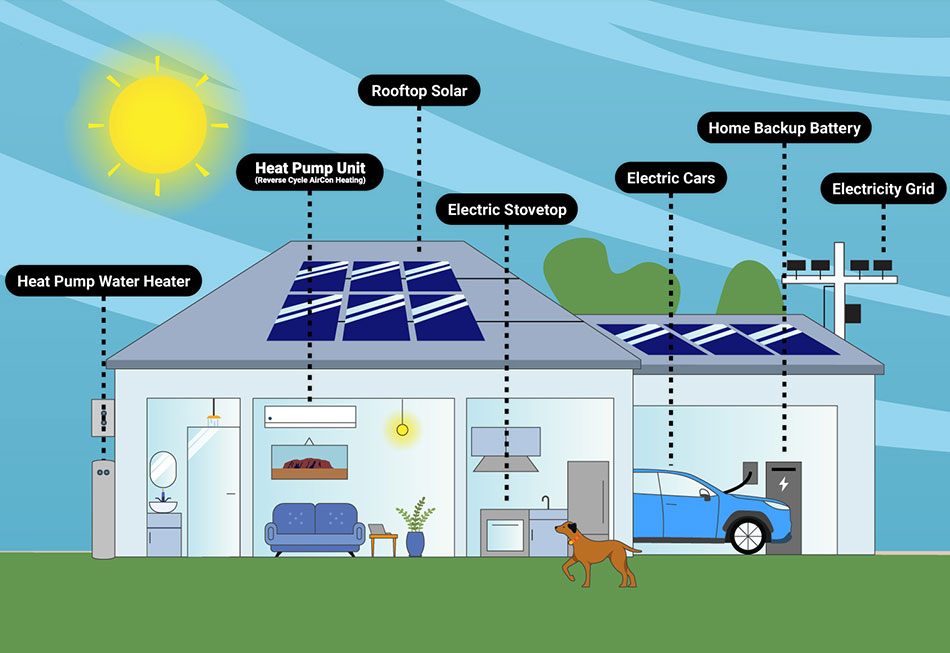
Designing and Building an All-electric Home in Geelong
Most homeowners can probably agree with Minister for Energy and Resources Lily D’Ambrosio’s assertion that “with every bill that arrives, gas is only going to get more expensive.” The ever-shrinking supply of nonrenewable resources means that residents aren’t just switching to all-electric homes out of environmental consciousness, but out of necessity.
In fact, the situation is so pressing that the Victorian government has passed a resolution to require the phase out of gas heating systems and other appliances in new construction starting in 2024. But the rules of Victoria’s Gas Substitution Roadmap are a source of confusion for many residents interested in building an all-electric home.
What exactly do the guidelines require? Who do they apply to? And how are home builders meeting the regulations? We’ll help clear up these questions and more.
Contents:
- The move to all-electric homes in Victoria
- Designing an all-electric home
- Design for optimal energy efficiency
- Generate your own electricity with solar panels
- Rethink home appliances
- Reach out to Pivot Homes for your brand new or knockdown/rebuild all-electric home
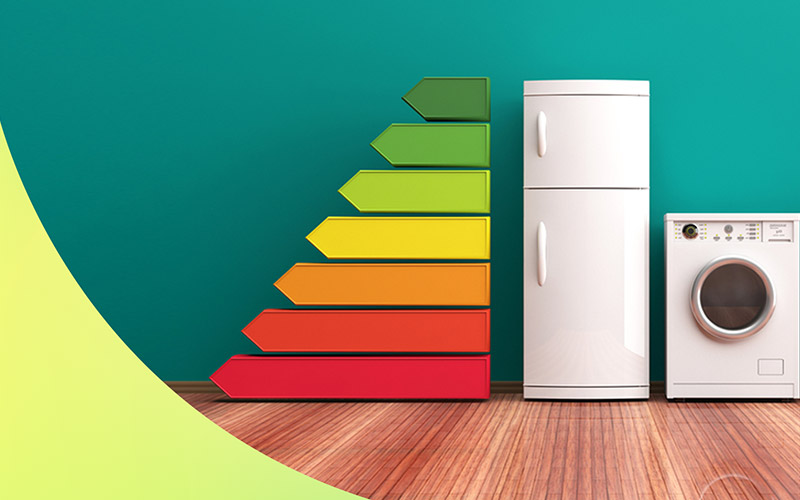
The move to all-electric homes in Victoria
Starting January 1, 2024, all planning permits for new residential construction will only be approved for homes with all-electric designs. These homes will not be permitted to have gas hookups or have gas appliances installed. Public buildings, such as hospitals, schools and government offices, will also be held to these standards.
What homes are excluded?
A common misconception of the new regulations is that they apply to all new home construction. In fact, the mandate for all-electric homes is only in effect for new builds that require a planning permit.
So, if a new home is being built on an existing block that already includes a gas hookup, it is excluded from the restrictions. Likewise, a knockdown rebuild project of an existing home using gas may continue to make use of gas as a fuel for HVAC and appliances.
Still, even if your new home is not required to be all-electric, there are many reasons to still consider making the switch, as we’ll see in the next section.

With good design, especially at the planning stage of a new home or renovation, you can more easily boost the energy efficiency of your home to increase your comfort and save money on future energy bills. – Sustainability.vic.gov.au
Why phase out gas?
Currently, approximately 80% of Victorian homes are connected to the gas network, ranking it the biggest residential gas user in the nation. Furthermore, our residential gas use accounts for 17 percent of the state’s total greenhouse gas emissions. The move to all-electric homes is a key strategy for helping Victoria reach net zero emissions by 2045. But there are other benefits for the nation and individuals as well.
Reduce dependence on gas supplies. Natural gas supplies are becoming more and more unreliable. In part, this is due to international moves towards greener energy sources. Furthermore, Australians must compete for gas from local private companies who are exporting to other nations. By switching to an all-electric home, residents can eliminate much of the uncertainty that comes with constant swings in supply and demand.
Save money on your energy bills. Gas isn’t the budget-friendly energy source it once was. In fact, relying solely on electricity for power will save the average homeowner $1,000 every year. If you also opt for solar panel installation, those savings can jump up to $2,200 since you will rely less on the grid by creating more of your own energy.
Help in the fight to zero emissions. One estimate from the Australian Energy Council predicts that emissions per megawatt-hour from a heat pump in an all-electric home are less than half of those from a gas heater (110kg CO2 versus 247kg CO2). Their estimates even take into account the fact that most of Australia’s electricity is produced by coal plants and that many all-electric homes will include solar panels. They also predict that these numbers will only get more impressive as the electricity grid turns more and more towards green energy sources over time.
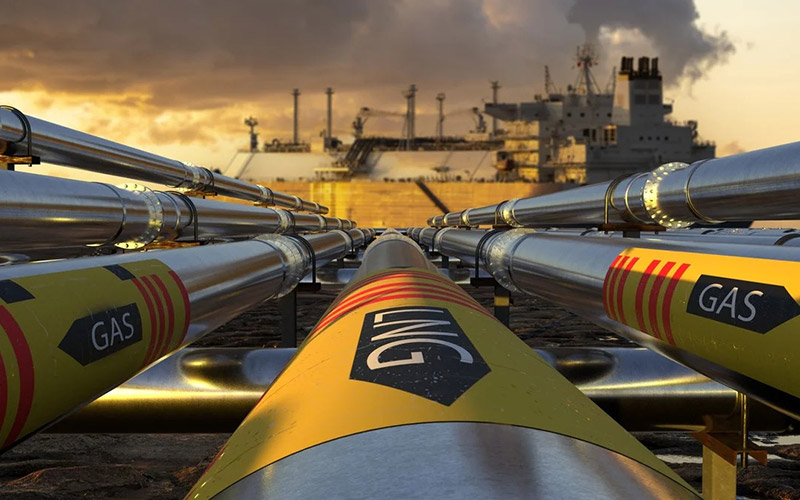
How is the government ensuring a smooth transition?
Understandably, some people are worried about the phase out of gas in Victorian homes. You might not realise it, but more than 50,000 new homes are added to our state every year, and about 80% of them are hooked into a gas line. Moving to all-electric homes in Geelong and beyond is a massive undertaking.
But the government has taken measures to smooth out the rough edges of such a sweeping reform, and homeowners like you stand to benefit.
One proof of Victoria’s commitment to residents is the rebates they are offering. Through the Solar Homes program, homeowners are eligible for up to $1,400 in rebates for solar panel installation, as well as $8,800 in interest free loans for solar batteries. So, you won’t just save money in the long run through energy efficient power. You may also be able to offset the initial costs of electrification.
Beyond providing financial incentives to homeowners, the Victorian government is also investing in the plumbers, electricians and other tradies who will be implementing most of this work. Among other investments, their package allocates $3 million for training in solar hot water systems, heat pumps, solar panels and batteries. Additionally, $1 million are devoted to helping construction companies learn how to best implement electrification and energy efficiency in new home builds.
These and other investments all go to show that the Victorian government isn’t just making mandates and leaving builders and homeowners to figure it out. They are committed to ensuring a smooth transition to build a better future for everyone.
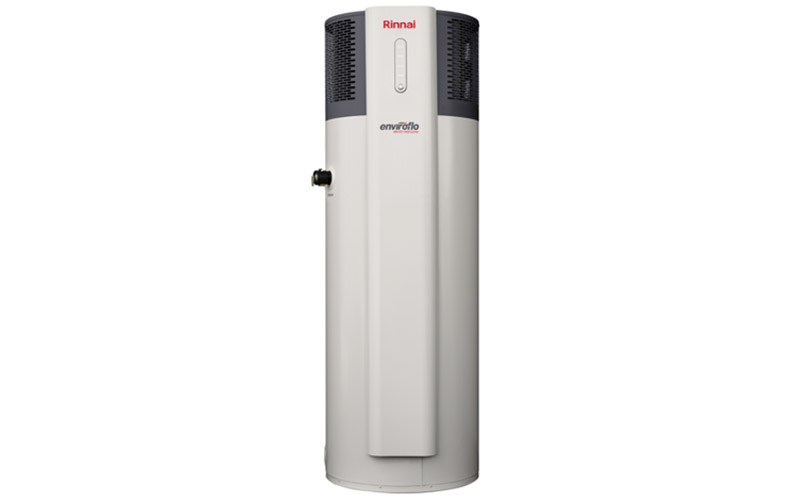
Designing an all-electric home
Pivot Homes has specialised in new home construction and knockdown rebuild projects for the past three decades. These new regulations offer us even more opportunity to create beautiful, energy efficient custom homes for our clients.
Let’s take a look at some of the primary considerations we take when designing all-electric homes Geelong residents will fall in love with.
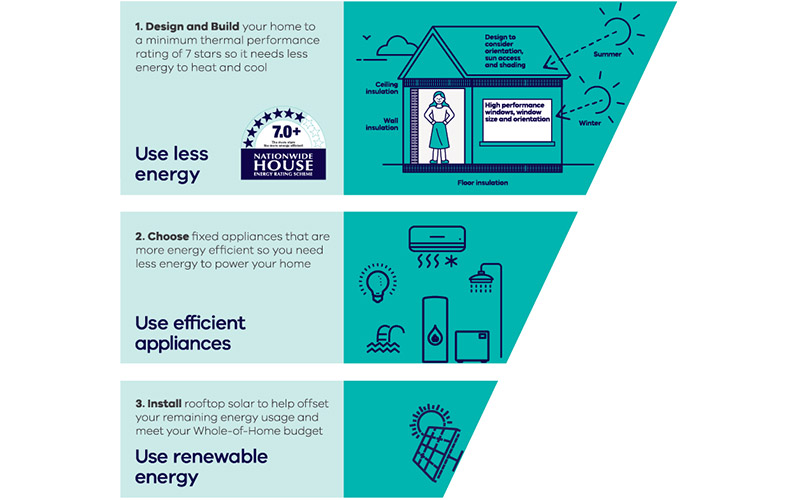
On 26 August 2022, Victoria agreed to increase minimum energy efficiency building standards for new homes from 6 to 7 stars under changes to the National Construction Code 2022. – Energy.vic.gov.au
Design for optimal energy efficiency
Since the primary goal of phasing out gas is to reduce emissions, we do everything we can to make new homes as energy efficient as possible. This goes beyond electric power sources to include elements like the following:
Block facing. By orienting your home so that the daytime living areas face north, we can maximise natural sunlight to reduce the amount of energy you need to spend on interior lighting. Likewise, effective block orientation means that your home gets more heat from the sun during the winter and less during the summer. Less reliance on HVAC systems for heating and cooling equates to lower energy bills and less demand on the electrical grid.
Windows. Your home’s orientation is further supported by the windows, eaves, shades and other treatments that control the flow of the sun’s rays into your home. Proper glazing helps prevent solar energy from exiting the home in cold weather. Likewise, the strategic combination of eaves and shading will prevent excessive heat from getting in during the summer.
Insulation. In a sense, insulation is anything that helps keep heat from transferring into or out of your home when you don’t want it to. Proper bulk insulation of your walls, ceilings, roof and floors can reduce energy costs for heating and air conditioning by 40 to 50 percent, according to Sustainability Victoria.
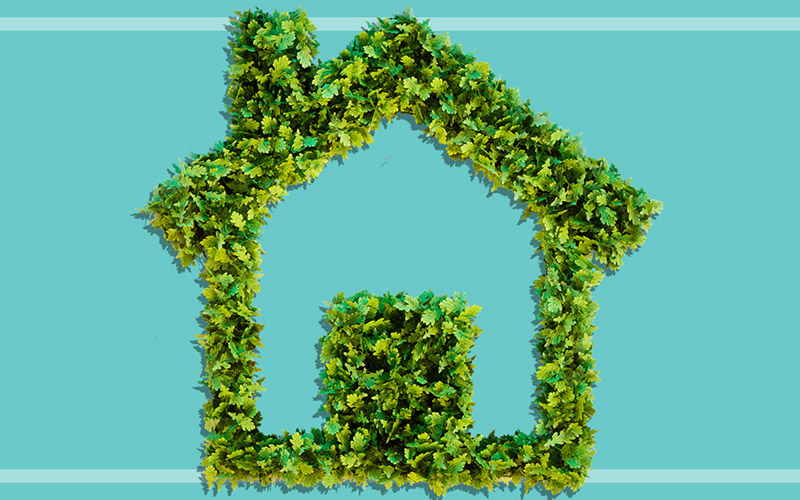
Be part of a clean energy future and start electrifying your home or business – Yarracity.vic.gov.au
Generate your own electricity with solar panels
While designing an all-electric home doesn’t necessarily need to include solar power, it is definitely worth considering. Solar panels will allow you to generate much of your own electricity so that you don’t have to draw from the electricity grid.
Essentially, it’s free energy. Solar Victoria calculates that a typical home will save a little over $1,000 every year by installing solar panels on their roof. Furthermore, since the electricity grid is still primarily powered by coal, every bit of solar energy that you can harness means less damage to the environment.
Maximise solar panel efficiency with a solar battery
If you are getting solar panels installed, you should also consider a battery as well to make your system as efficient as possible. Solar batteries have two primary benefits. First, they allow you to store energy for emergencies. If the electrical grid goes down, you can draw on your battery if your panels can’t keep up with your immediate needs.
Second, batteries allow you to save energy that might otherwise be wasted. For example, if your house is empty throughout the day, you probably aren’t using much of the electricity your panels are generating. A solar battery system allows you to save that electricity for later.
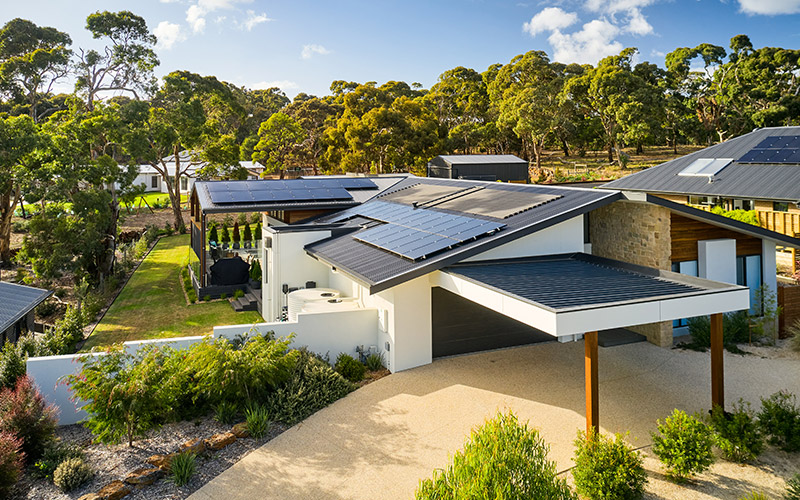
Choose energy-friendly HVAC
Sustainability Victoria admits that, once upon a time, natural gas hot water systems were the most affordable option. However, newer advancements in technology have allowed electric heat-pumps to take their place as the most efficient method of heating water on the market. Even better, heat pumps can pair with your solar power to reduce the demand you put on the electrical grid for hot water, heating and cooling.
Heat pumps work by pumping heat from one place to another. In the most typical setup, your outside unit pulls ambient heat from the surrounding air and directs it into your water tank. Heat pumps are also used for air conditioning. In this case, they transfer hot air from your home’s interior to the refrigerant coils to be cooled before it is recycled throughout your house.
However you look at it, heat pumps are an affordable way to cut costs and reduce emissions because they run so much more efficiently than other systems.
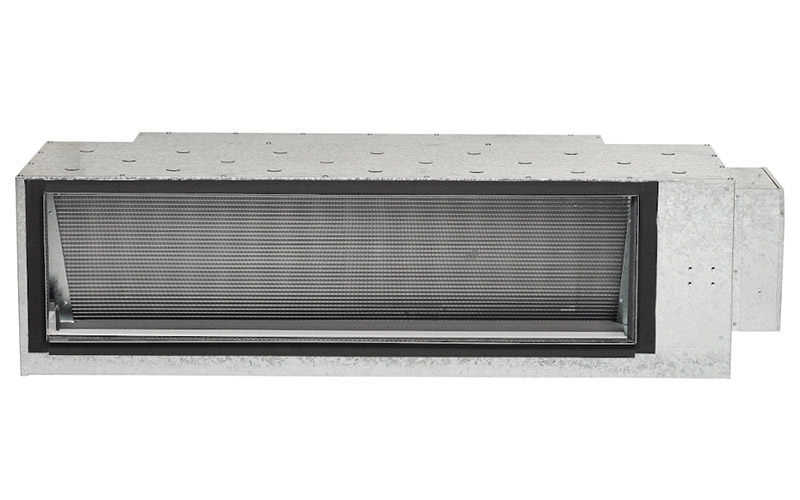
Rethink home appliances
Appliances, such as your refrigerator and stove, are responsible for about one-quarter of the energy use in an average home. While most appliances already run on electricity, there are two primary ones that you may need to convert for your new all-electric home: your range and your dryer.
Induction stoves are 100% more energy efficient than gas cooktops. This is probably the biggest lifestyle change that many homeowners may feel with the switch to all-electric. If you are used to cooking on gas, you may miss the feel of prepping food over an open flame.
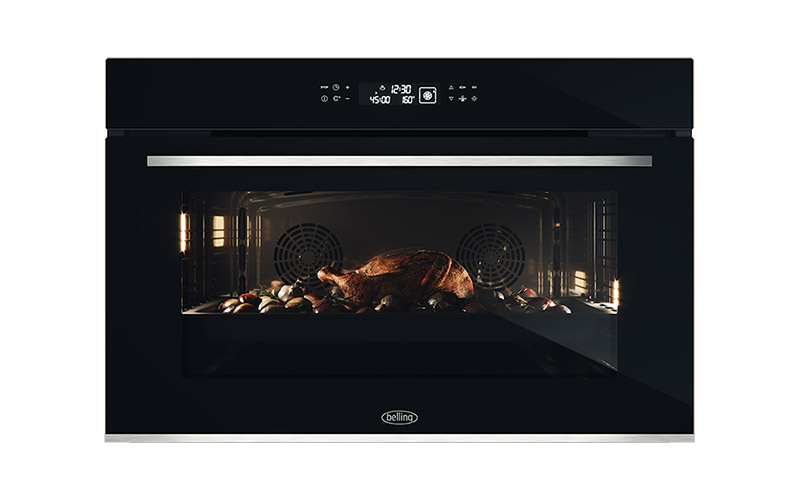
However, there are so many benefits to induction cooking that the positives quickly outweigh the sacrifice. Beyond the energy savings and emissions reduction, induction stoves are safer. Not only do you not have to worry about open flames and hot units, but there is also no threat of gas leaks.
Heat pump clothes dryers are incredibly efficient compared to other models. While gas dryers are obviously not on the menu anymore, you should consider a heat pump dryer over a standard condenser dryer. They will cut your electricity usage in half when it comes to drying clothes, and save you about $300 a year.
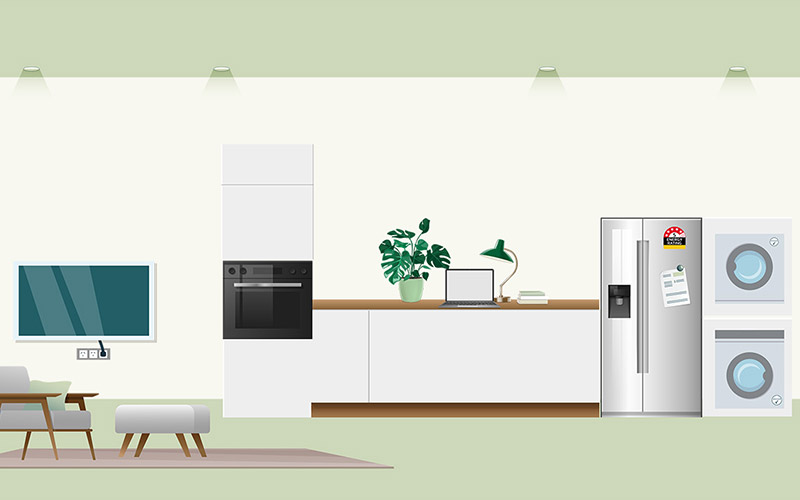
Consider electric vehicle capacity
If you currently have an electric vehicle, or foresee yourself having one in the future, you should account for them when planning your new all-electric home. The decisions you make now can affect how quickly and efficiently you can charge your EV.
For example, charging an EV battery from empty to full from a typical socket in your garage could take anywhere from 15 to 30 hours. Depending on how far you travel on a regular day, this might be fine for you.
However, if you tend to travel far distances daily, or just want the freedom to charge your electric car up a little faster, you may opt for a garage socket with larger amperage. Or, you might even consider installing a dedicated EV charger during new home construction. This could reduce total charging time to around 6 to 9 hours.
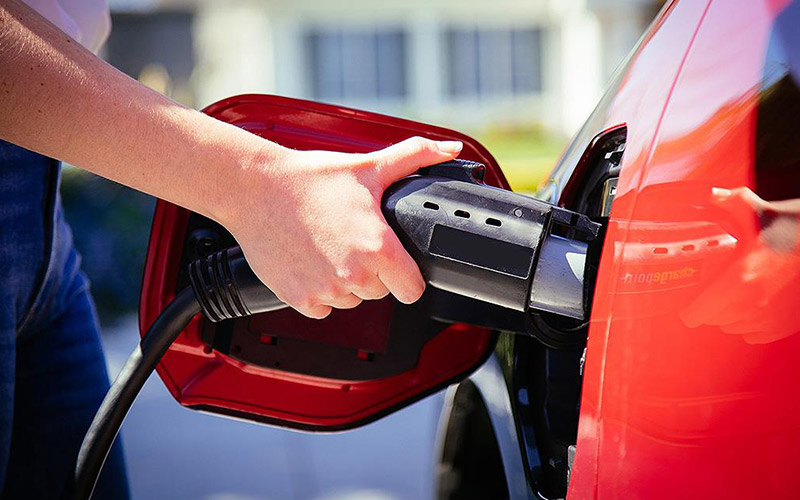
Reach out to Pivot Homes for your brand new or knockdown/rebuild all-electric home
Pivot Homes is committed to helping the residents of Geelong, Surfcoast and Bellarine Peninsula live in the house of their dreams. Our unique design and build process puts you at the center of every decision: your wants, your needs, your vision. They all shape your future home.
This process has worked for us since 1990 to create an extensive portfolio of beautiful homes and happy homeowners.
Now, with the move to all-electric homes Victoria is making, we have the opportunity to continue our mission in a way that benefits not just our clients, but our entire planet. Contact us today to learn how we can help you build a customised, high quality, environmentally-friendly home.

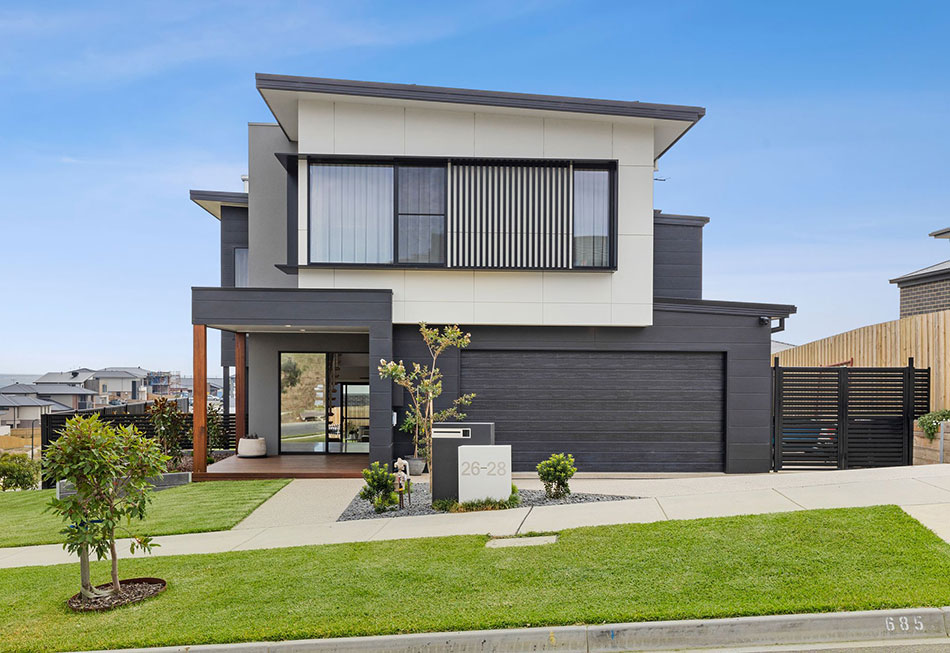
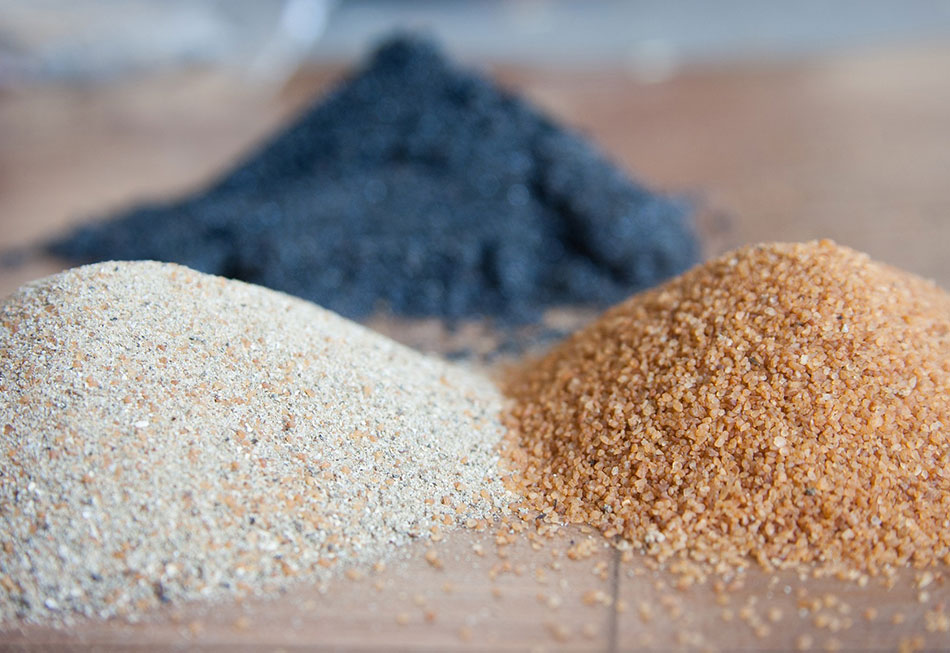
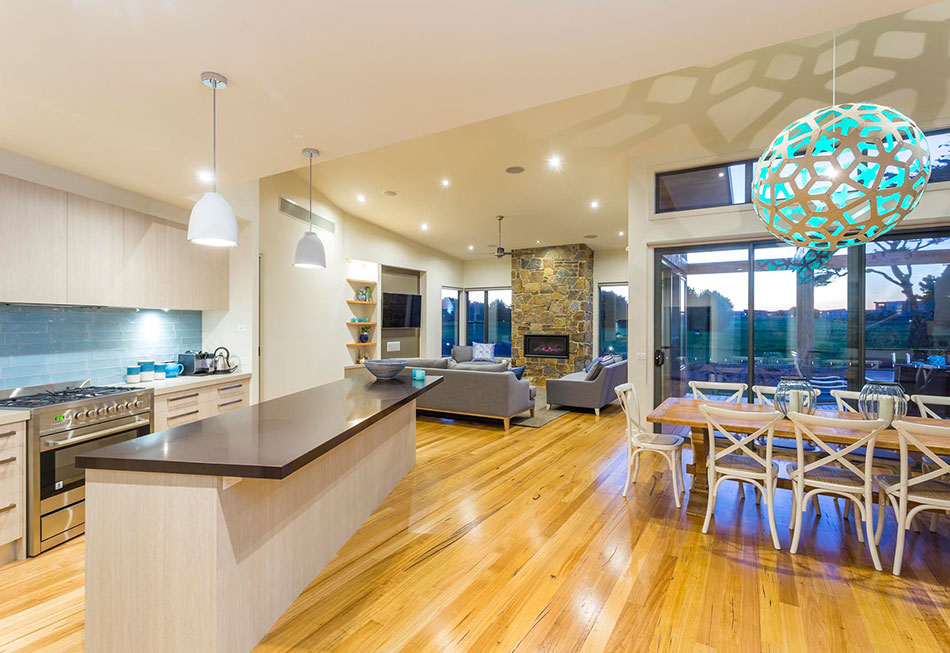
This Post Has 0 Comments